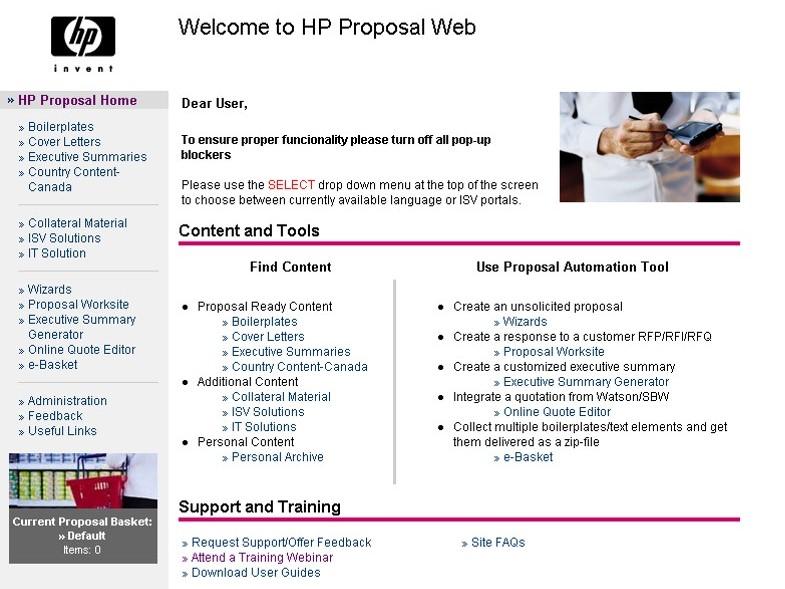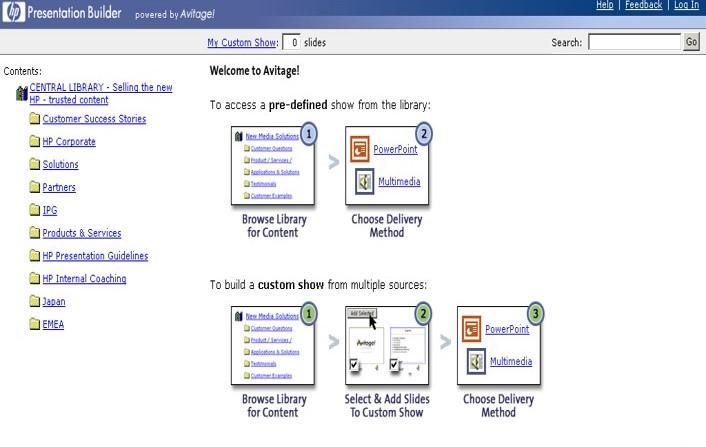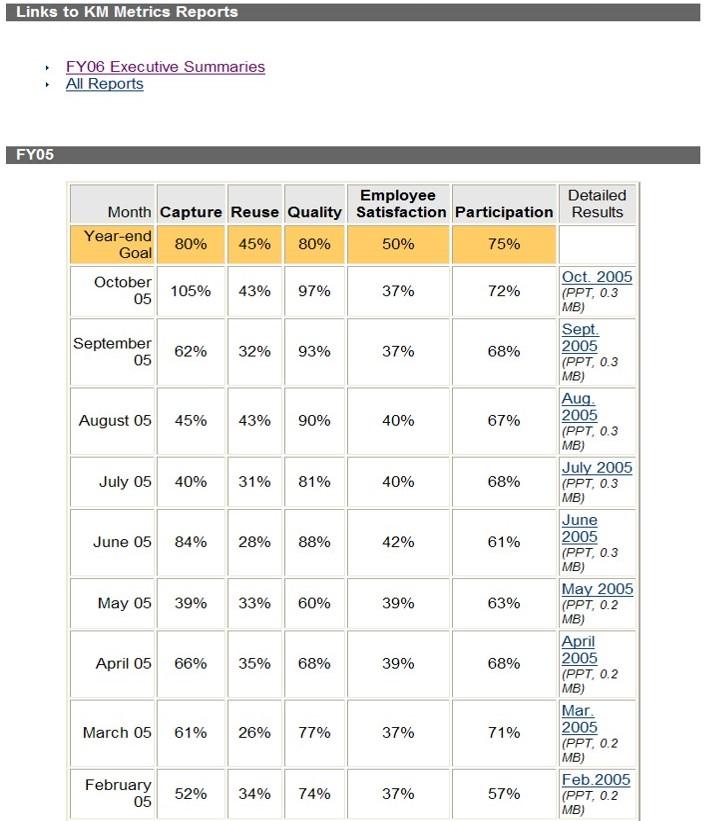KM Component 46 – Process Automation

Stan Garfield
Process automation provides tools that automate previously manual processes, such as producing proposals, creating presentations, developing products, managing surveys, and managing reporting. Many business processes have been automated with commercially available or custom applications.
Those that are knowledge intensive can be considered for inclusion or integration with a KM initiative. Examples include proposals, presentations, product development, surveys, and reporting.
In proposal production, much of the content is standard boilerplate and can be reused as is on each proposal. Some content must be modified slightly but is typically included. And some content is unique to the particular opportunity and must be tailored extensively. A proposal automation tool can help streamline the effort required, allowing most of the time to be spent on the custom content, and creating a consistent and appealing format.
Presentations are similar in that they combine slides reused from the past, modified slides, and new slides. There are often problems with inconsistent formats, outdated information, and missing content. A presentation creation tool manages slide content in a library, ensures that the latest versions are used, and enables useful features such as synchronized audio recording. This allows presentations to be delivered as recorded slideshows, which can be used for training and to ensure the highest quality of narration.
The University of Michigan’s PLM Development Consortium defines Product Lifecycle Management (PLM) as “an integrated, information-driven approach to all aspects of a product’s life – from its design inception through its manufacture, deployment and maintenance, culminating in its removal from service and final disposal.” For more, see What is PLM?
If you use surveys to understand user needs and satisfaction, you need tools to conduct, collect, and publish survey data. Automated survey administration, data collection, and results compilation makes it easier to do this regularly.
For regular metrics reporting, applications that prepare monthly reports with a minimum of human intervention allow the members of the KM team to spend their time on tasks worthier of their skills. Metrics data provided with a minimum of effort through automated systems can be put to productive use. If you find that staff members are consumed for days at a time each month producing reports, you should purchase or develop systems for collecting, distributing, and publishing data on key performance metrics.
These and other knowledge-based business processes should be reviewed and considered for inclusion in your KM program. Some will be too big on their own, but some will fit well with other KM components and can be tied in as appropriate. Process automation applications can embed knowledge sharing in the routine operations of a business, improving the flow of knowledge across the enterprise.
Other Processes to Automate
- ERP (Enterprise Resource Planning)
- Staffing
- Expense reporting
- Project management
- Travel reservations
- Learning
- Research & Development
- Manufacturing Execution
- Distribution, logistics, and inventory
- Scheduling
- Transaction Processing
- CRM (Customer Relationship Management)
- Sales management
- HR (Human Resources)
- Financial planning and budgeting
- Operations support and modeling
- Process control
- Idea management and innovation
- Customer support
- Market research, competitive intelligence, and customer intelligence
Examples
Here are three examples of process automation from Hewlett-Packard.
- HP Proposal Web – automated proposal generation

- HP Presentation Builder – automated presentation generation

- HP Reporting – automated metrics report generation


Stan Garfield
Please enjoy Stan’s additional blog posts offering advice and insights drawn from many years as a KM practitioner. You may also want to download a copy of his book, Proven Practices for Implementing a Knowledge Management Program, from Lucidea Press. And learn about Lucidea’s Presto and SydneyEnterprise with KM capabilities to support successful knowledge curation and sharing.
Similar Posts
Lucidea’s Lens: Knowledge Management Thought Leaders Part 98 – Rachad Najjar
Generative AI, expertise mapping, and knowledge sharing—Rachad Najjar has spent his career at the intersection of these disciplines. As the CEO of 3R Knowledge Services and former knowledge-sharing leader at GE Vernova, he has helped many organizations design smarter KM strategies. In this edition of Lucidea’s Lens, Stan Garfield highlights Rachad’s contributions to the field.
Examining the National Galleries of Scotland’s Harryhausen Digital Exhibit
In October 2020, the National Galleries Scotland (NGS), Ray Harryhausen | Titan of Cinema (October 2020 – February 2022) exhibition was meant to open and celebrate what would have been Harryhausen’s centenary year. Due to COVID the physical exhibit was forced to close...
Interview with the Author: Jim Cortada on Today’s Facts and the Evolution of Information
Dr. James Cortada, historian and senior research fellow at the Charles Babbage Institute, explores the history of information in his forthcoming book. By examining how information has been created, organized, and used over time, Cortada reveals patterns that continue to shape modern librarianship and knowledge management.
Understanding Archival Acquisition: Purpose, Methods, Challenges, Best Practices
Archival acquisition is the heart of preserving history, ensuring records of lasting value are saved for future generations. In this post, Margot Note breaks down the essentials of archival acquisition with tips and insights to help build meaningful archival collections.




Leave a Comment
Comments are reviewed and must adhere to our comments policy.
0 Comments